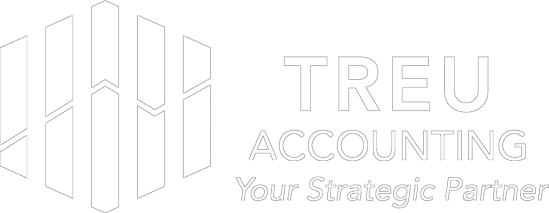Year-End Financial Moves for Individuals: Boosting Your Tax Efficiency
As the calendar inches closer to the year-end, it’s time to put on your financial planning hat and take strategic steps to optimize your tax situation. Making smart moves in the next few weeks can potentially reduce your tax liability and save you money. Let’s delve into some high-impact actions you can take before December 31 to enhance your tax efficiency.
Maximize Retirement Contributions
One of the most powerful tools in your tax-saving arsenal is maximizing contributions to retirement accounts. As we approach the year-end, consider contributing the maximum allowable amount to your 401(k), SEP IRA, and IRAs. Be vigilant to ensure you don’t surpass the contribution limits, as exceeding them may result in penalties and tax consequences.
401(k) Contributions
Verify your 401(k) contributions. The 2023 employee contribution limit is $22,500, with a $7,500 catch-up for those 50 and older.
SEP IRA Contributions
For self-employed or small business owners with SEP IRAs, confirm contributions are within the 2023 limit of 25% of net earnings, up to $66,000.
Traditional IRA Contributions
Check traditional IRA contributions—contribution limits are up to $6,500 for 2023, with a $1,000 catch-up for individuals 50 and older. Contributions may be tax-deductible. Ensure you adhere to these limits to avoid potential penalties and maintain the tax advantages of your contributions.
Roth IRA Contributions
Consider making contributions to a Roth IRA. While contributions are not tax-deductible, qualified withdrawals in retirement are tax-free. The 2023 contribution limit is $6,500, with a $1,000 catch-up for individuals 50 and older. Assess your eligibility and weigh the benefits of tax-free withdrawals in retirement.
Claim the Saver’s Credit
The Saver’s Credit is designed to encourage low- to moderate-income individuals to save for retirement. If you contribute to a qualified retirement account, such as a 401(k) or IRA, and meet the income requirements, you may be eligible for this credit. The credit amount can be up to $1,000 for individuals and $2,000 for married couples filing jointly. Check your eligibility and ensure you claim this valuable credit on your tax return.
Evaluate Investment Gains and Losses
As you review your overall financial picture, take a close look at your investment portfolio. Assess any capital gains and losses from your investment transactions throughout the year. Consider strategically selling assets to offset gains with losses.
This tactic, known as tax-loss harvesting, can be particularly beneficial. If you’ve realized capital gains earlier in the year, selling investments with losses can help minimize your tax liability. Keep in mind that you can use up to $3,000 in capital losses to offset ordinary income, and any additional losses can be carried forward to future years.
Utilize Tax Credits
Don’t overlook the power of tax credits when fine-tuning your year-end financial strategy. Identify and take advantage of any tax credits that apply to your situation. Education credits, for example, can provide substantial savings for eligible expenses paid for yourself, your spouse, or your dependents.
Let’s consider the American Opportunity Credit, which provides a credit of up to $2,500 per eligible student for qualified education expenses. By leveraging such credits, you not only reduce your tax liability but also invest in education, a valuable asset that pays dividends in the long run.
Confirm HSA Contributions
Health Savings Accounts (HSAs) offer a unique opportunity to save for medical expenses while enjoying tax advantages. If you’re enrolled in a high-deductible health plan, ensure that you’ve contributed the maximum allowable amount to your HSA by December 31.
For the tax year 2023, individuals can contribute up to $3,850, and families can contribute up to $7,750. Those over 55 can contribute an additional $1000 HSA contributions are tax-deductible, and withdrawals for qualified medical expenses are tax-free. By maximizing your HSA contributions, you not only reduce your taxable income but also create a financial safety net for future healthcare expenses.
Implementing these high-impact financial moves can significantly enhance your tax efficiency and pave the way for a more secure financial future. As we approach the year-end, take the time to review your financial situation, consult with a tax professional if needed, and make informed decisions to optimize your tax strategy. Leveraging these strategies allows you to navigate the year-end with confidence, knowing that you’ve taken proactive steps toward a more tax-efficient financial plan.




